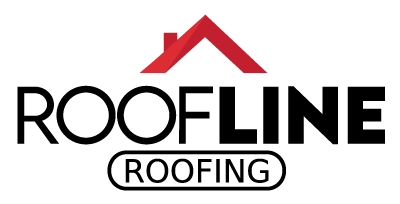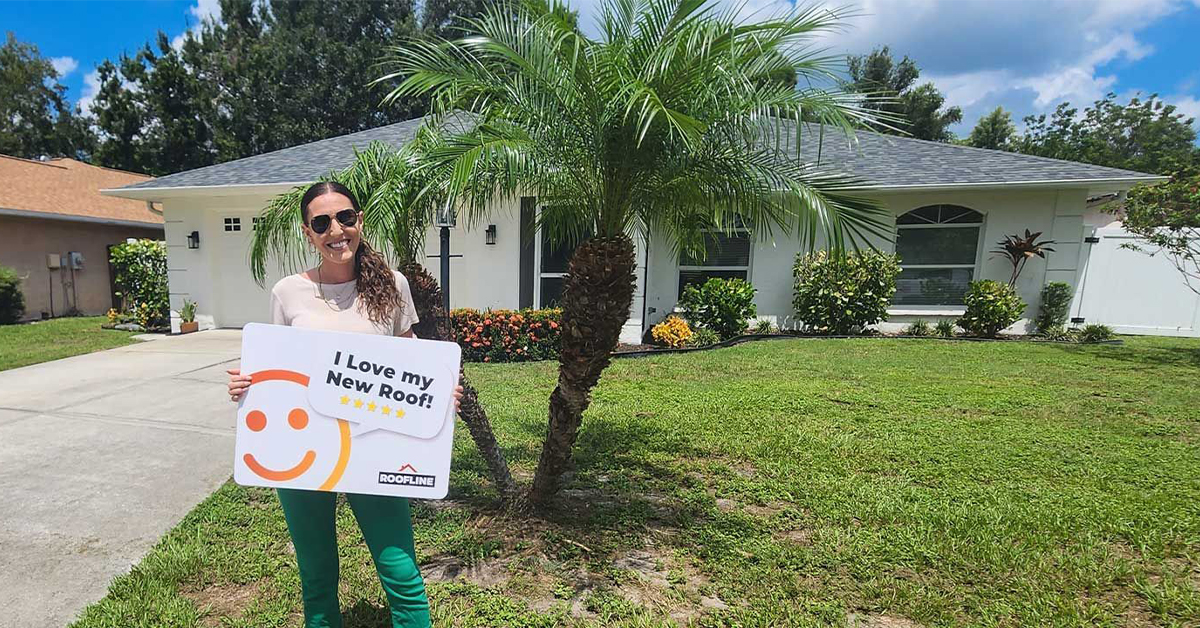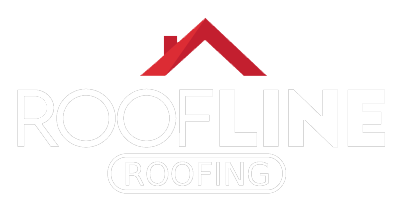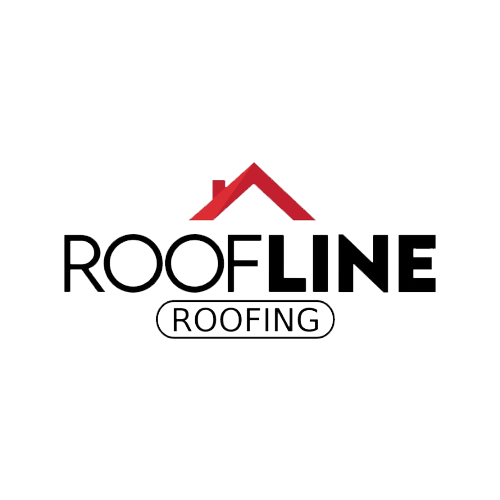Navigating the complexities of roofing material choices in Sarasota extends beyond aesthetics and budget considerations. Property owners, whether managing residential or commercial assets, must make decisions that influence insurance premiums and long-term financial security. In regions like South Florida, where severe weather is a constant threat, the synergy between roofing durability and insurance becomes paramount. This article delves into the relationship between roofing materials and insurance costs, offering insights that can enhance your property’s resilience while optimizing your insurance savings.
By understanding the pivotal role that material resilience plays in determining insurance premiums, homeowners can make informed decisions about the most suitable options. Whether it’s the storm-resistant metal roofs or the aesthetically pleasing yet durable clay tiles, each choice carries significant implications for both immediate premiums and long-term financial outlays. Given the unique climate challenges of Sarasota, achieving a balance between upfront investment and future savings through judicious material decisions is crucial for property owners looking to secure their assets and ensure cost-efficiency.
Material Choices: Understanding Rate Influencers
Choosing the right roofing material can significantly impact your property’s insurance rates, especially in areas like Sarasota where weather conditions dictate strict insurance policies. Understanding how different materials influence insurance costs is essential for both residential homeowners and commercial property managers.
When assessing roof material insurance impact in Sarasota, it’s important first to consider local climate conditions. Florida is known for its frequent storms and hurricanes. Thus, insurance companies heavily weigh the durability of roofing materials against severe weather. Insurers often provide discounts for materials that demonstrate high resistance to wind and water damage. For instance, metal roofs, known for longevity and strength, can sustainably withstand winds up to 140 mph, making them a preferred choice in hurricane-prone areas. A study by the Metal Roofing Alliance highlights that metal roofs can reduce homeowners’ insurance premiums by up to 35%.
Concrete and clay tiles, popular in many Sarasota homes for their aesthetic and strength, also offer weather-resistant benefits. Although upfront costs are higher, the long-term savings on insurance can be substantial. Tile roofs are not only resistant to severe weather but also fire, translating into a lower risk profile for insurers. According to the Federal Alliance for Safe Homes, tile roofing can lower home insurance costs by 15% to 35%.
Asphalt shingles remain a common choice due to their affordability and ease of installation. However, the downside is their performance against severe weather which affects insurance premiums. Standard shingles often sustain damage in hurricanes, leading to more frequent insurance claims. Insurers consider this risk and can increase rates accordingly. It’s worth noting that for enhanced savings, investing in high-wind-resistant or impact-resistant shingles provides additional durability benefits and can earn discounts from insurance providers. Recent advancements in shingle manufacturing have resulted in products that comply with high-velocity hurricane zone (HVHZ) building codes, crucial for meeting insurer requirements and reducing rates.
For commercial properties in Sarasota, selecting appropriate roofing materials can be an even more complex decision. Single-ply systems like TPO (Thermoplastic Olefin) offer commercial buildings both energy efficiency and cost-effectiveness, with their reflective surfaces lowering cooling costs by up to 15%. However, their life expectancy is generally lower than that of more robust materials, such as modified bitumen or built-up roofing systems. Insurance companies may favor materials with longer lifespans for reduced risk exposure.
Furthermore, green roofs, though less common, are beginning to gain traction because of their environmental benefits and potential for reduced insurance premiums. These systems can manage stormwater, reduce urban heat, and, most pertinently, provide extra insulation, reducing energy costs. Some insurers recognize these advantages and provide discounts for properties with green roofing systems.
Material choice also impacts repair and maintenance costs, both factors in insurance deliberations. Metal roofs, requiring minimal maintenance over decades, often appeal to insurers more than wood shakes, which demand frequent upkeep and suffer from mold and decay in Florida’s humid climate. Cedar shakes, although beautiful and energy-efficient, present higher risks for fire and water damage, influencing the insurer’s risk assessment and consequently affecting rates.
When deciding on roofing material, it’s crucial to consult with both roofing professionals and insurance agents. They can provide insights specific to your building, location, and policy options. A well-informed decision can deliver both immediate insurance savings and long-term cost efficiencies, turning what might have been viewed as a high initial expense into a valuable investment.
In summary, understanding the roof material insurance impact in Sarasota goes beyond aesthetics and immediate budget considerations. Savvy property owners weigh durability, local climate challenges, maintenance demands, and energy efficiency to leverage material choices into insurance savings. Making an informed decision, supported by trusted industry research and expert consultation, aligns your property with both financial foresight and environmental sustainability.
Insurer Policies: Navigating Different Coverage Plans
Insurer policies play a crucial role in shaping the overall protection and financial well-being of a property owner in Palmetto and Sarasota. Understanding the nuances of home insurance roof policies is essential to making informed choices.
Insurance policies vary widely, with terms and conditions often tailored to local risks. In South Florida, weather events are a significant concern, so insurers typically place an emphasis on roof coverage. Each policy outlines specifics such as coverage limits, exclusions, deductibles, and premium costs, all affected by the choice of roofing material.
For instance, metal roofing, which boasts a remarkable resistance to wind and fire, might resonate well with an insurer’s preferences due to its durability. This not only potentially lowers premium costs but also provides a safety net against costly future repairs. Claims for wind and impact damage decrease, and this reliability can be reflected in reduced premiums. A 2019 study by IBHS (Insurance Institute for Business & Home Safety) found that homes with metal roofs in hurricane-prone regions experienced significantly fewer insurance claims compared to homeowners with less resilient materials.
Concrete, clay tiles, and impact-resistant asphalt shingles present another opportunity for homeowners to optimize their insurance policies. Tiles, which are celebrated for both aesthetic and practical benefits, often entice insurers due to their fire-resistant nature. An impactful example of savings involves a Palmetto homeowner turning to clay tiles; their insurer subsequently reduced rates by 20%, recognizing the lower risk of fire damage and heavy wind resistance.
Navigating these options requires awareness of insurance terminologies and the specifics of each plan. Coverage limits define the maximum amount an insurer will pay for repairs. In Palmetto, some policies might delineate higher coverage limits for resilient materials but impose caps for more vulnerable options like wood shakes. A broader understanding of these limits alongside deductibles—out-of-pocket expenses before insurance kicks in—can aid property owners in assessing the true cost of their insurance.
It’s worth taking the time to grasp the exclusions or what your policy might not cover. Some insurers exclude certain types of damage, such as mold resulting from poor roof maintenance, which emphasizes the importance of regular inspections and upkeep to retain eligibility for claims. A Florida Department of Financial Services report notes that homeowners maintaining scheduled inspections and timely repairs benefited from smoother claims processes during natural disasters.
Furthermore, for businesses managing commercial properties, understanding the implications of roof insurance specifics is pivotal. Coverage for business interruption or content loss in events of roof damage can mean the difference between continuity and significant financial loss. As such, a comprehensive policy aligned with the building’s roofing material can provide peace of mind.
Engaging an experienced insurance broker can facilitate this complicated process. Brokers can unlock advantageous deals and tailor coverage that accounts both for Palmetto’s climate and the unique roofing materials on your property. They can offer insights into less obvious policy features like discounts for installing enhanced roofing insulation or wind mitigation elements – aspects often overlooked by property owners yet recognized by insurers.
Ultimately, the interplay between roofing material choice and home insurance policies in Palmetto necessitates an informed, strategic approach. Delving into insurer policies with a keen eye on local weather patterns, material choices, and policy intricacies equips property owners to make savvy decisions. Balancing immediate premium savings with long-term risk mitigation and repair costs will provide financial security and resilience against the unique demands of South Florida’s climate.
Cost-Effective Solutions: Balancing Insurance and Material Costs
Ensuring your property’s roof aligns efficiently with insurance needs while managing material costs can feel daunting. However, exploring practical, cost-effective solutions can simplify this process significantly.
Different roofing options offer varied benefits regarding durability, energy efficiency, and insurance premiums. Choosing the right material means understanding not just upfront costs but how these choices can affect long-term financial outlays. Steel and metal roofs, for instance, are widely regarded for their extreme resilience against South Florida’s stormy climate, offering potential savings on insurance premiums. Despite a higher initial cost, their durability often translates to lower monthly insurance bills and fewer repairs, ultimately reducing lifetime expenses.
Another material to consider is modified bitumen, especially beneficial for commercial properties. Its robustness and weather resistance make it a compelling choice. Although initially more expensive than single-ply roofing, the reduced frequency of replacements and repairs can yield cost benefits, enhancing insurance savings.
For residential properties, asphalt shingles offer a balance between affordability and performance. Choosing high-quality, impact-resistant shingles is crucial here. These varieties withstand severe weather better, resulting in homeowners benefiting from reduced insurance premiums. Investing in these types of shingles prevents damage that could lead to costly claims, providing peace of mind and fiscal prudence.
Insulation is another crucial factor influencing both energy costs and insurance rates. Selecting materials with higher insulation properties can lower energy bills significantly. For instance, shingles with better insulation properties can mitigate cooling costs in South Florida’s sweltering climate, a consideration that insurers may recognize in policy pricing.
However, it is not just about the materials themselves. Insurers also value proactive measures like installing features designed to lessen wind damage and ensuring adequate regular maintenance. Implementing wind mitigation elements like hurricane straps or enhanced tie-downs can provide peace of mind while earning potential insurance discounts. Furthermore, ensuring routine maintenance helps to catch minor issues before they escalate, which insurers favor by potentially reducing premiums.
Understanding program incentives available can further extend savings. National and state initiatives often encourage eco-friendly or durable material investments. For instance, the Florida PACE (Property Assessed Clean Energy) program offers financial assistance for energy-efficient home improvements, including roofing upgrades, thus lowering financial burdens.
Saving on insurance and material costs hinges on a well-rounded understanding of your choices. Engaging with both insurance agents and roofing experts ensures property owners are well-informed and choose materials and policies that harmonize with South Florida’s challenging environment. Balancing short-term expenses with long-term benefits through comprehensive planning yields both immediate financial relief and longer-term security.
You might be asking
How do different roofing materials impact home insurance costs?
Different roofing materials have varying degrees of durability, fire resistance, and ability to withstand weather events, all of which can affect home insurance premiums. For example, metal roofs are often more resistant to fire and wind damage, potentially leading to lower insurance costs. Conversely, roofs made of wood or other combustible materials might result in higher premiums due to increased risk.
Are there insurance benefits to selecting specific roofing materials?
Yes, selecting certain roofing materials can offer insurance benefits. Materials like metal or impact-resistant shingles can lead to discounts because they reduce the likelihood of claims for weather-related damage. Additionally, some insurance companies offer premium reductions for roofs that are new or have been recently updated with high-quality materials.
How can I ensure my roof meets insurance company standards?
To ensure your roof meets insurance company standards, start by reviewing your policy for any specific requirements or recommendations regarding roofing materials and maintenance. Regular inspections and maintenance can help keep your roof in good condition and compliant with insurer standards. It’s also wise to consult with your insurance provider before undertaking significant roofing projects to understand how changes might impact your coverage and rates.
Next Steps
Equipping yourself with the right roofing knowledge and understanding insurance implications doesn’t have to be overwhelming. A strategic approach to selecting the optimal roofing material, while factoring in the unique demands of Sarasota’s climate, can lead to substantial savings and robust protection. By carefully considering options like metal roofs for their endurance, or modified bitumen for commercial resilience, you aim to harmonize material choice with financial wisdom, resulting in favorable insurance terms and fewer repair hassles.
Understanding these factors allows you to make informed decisions that align with your property goals. Partnering with professionals like those at Roofline Roofing can further simplify this process. To explore the best options for your roofing needs and financial goals, consider reaching out for a free consultation. Our team can offer tailored advice that maximizes both your roof’s performance and insurance advantages, safeguarding your investment well into the future.
Contact Us
Use the form below to contact us or to schedule a free consultation.
I would highly recommend Roofline Roofing for any roofing needs. As a fellow business owner, their professionalism and efficiency stood out. They provided quality service, completed the job on time, and their pricing was fair. Very satisfied with their work!
-- Logan L.




